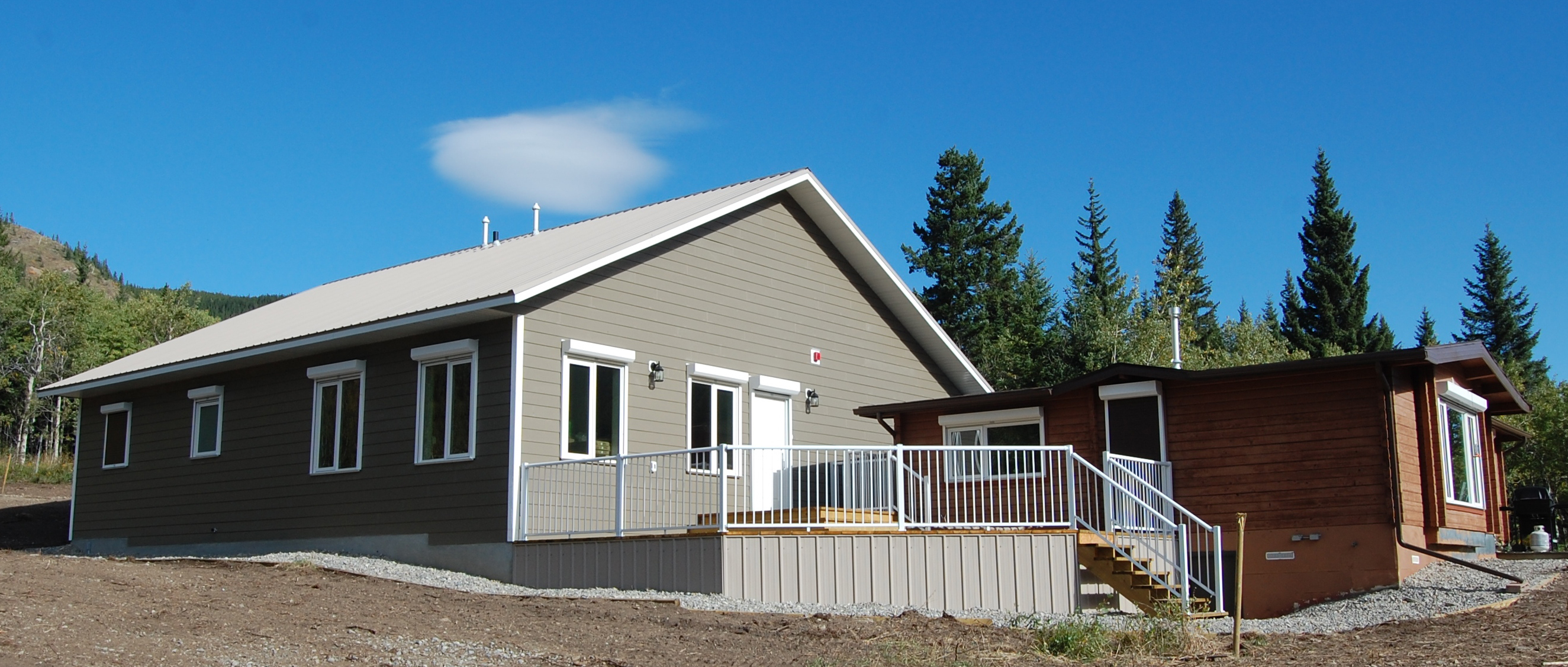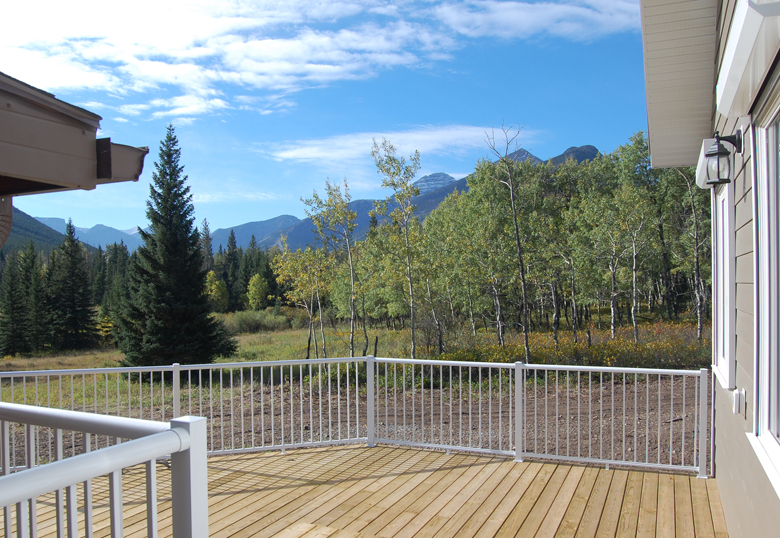A group of determined researchers, an innovative project manager and a $100,000 donation from Shell Canada have combined to enhance the University of Lethbridge’s Westcastle Field Station, creating opportunities for expanded research, student training and community outreach initiatives for years to come.

“There was always the view that we really wanted to improve this facility so that we could make the most of its outstanding location and the research opportunities it provided,” says Dr. Stewart Rood, a faculty member in the Department of Biology. “Now we have a field station that will allow for those activities.”
Established in the University’s initial days, the original field station was constructed in 1970 on a five-acre parcel of land in Castle Provincial Park, just five kilometres from Castle Mountain Ski Resort. It began with a pre-fabricated wood cabin with adjacent wooden pads for canvas tents that were meant to serve as dormitories.
Over the years, safety (bears aren’t easily deterred by canvas) and practicality (generators were replaced with line electricity) led to a number of changes to the site. An ATCO-style trailer was added as a lab to free up dorm space in the cabin and eventually various trailers and campers made their way on site to meet space demands – but they were all seen as stop-gap measures.

“We saw an opportunity to be involved in creating long-term sustainable infrastructure that would benefit both the community in and around Waterton and also those who conduct research in the Castle,” says Ryan C. Smith, senior environmental planner with Shell Canada. “These types of opportunities are very important to us. They help us meet the commitments we make to local stakeholders as well as improve our connection to the surrounding communities where we operate.”
Former psychology professor Dr. Drew Rendall first approached Shell with a funding proposal. The University then stepped in, and through then Executive Director of Facilities, Doug Parker, secured infrastructure revitalization grant money from the provincial government. A project was born.
The field station now features a second building (Shell Dormitory), accommodates 23 beds and three bathrooms, an expanded kitchen facility, increased lab space, exterior storage, new water storage, a fire alarm system and better road access. The end result is a station that can now host numerous students and researchers and has the capacity for community outreach initiatives.
“We’ve been running field courses in geography, environmental science and biology that were dispersed and scattered around because we had no core facility,” says Rood. “Now we have a viable field station in a prime and accessible location.”
The scope of research being conducted at the field station is vast. From Dr. Andrew Hurly’s study of hummingbirds and memory to Dr. Chris Hopkinson’s work on climate systems and climate change to Rood’s water studies and more, the Castle area offers an extremely valuable environment. Couple that with Shell’s interests in resource extraction and its associated environmental sensitivities and like interests emerge.
“Protecting the environment requires new technologies, new partnerships and new ways of operating,” says Smith. “This partnership with the U of L is a great example of how we can work with an academic institution and also involve those from the NGO world and surrounding communities and come together for a common goal.”
Rood says the industry partnership is extremely beneficial to the University and its students.
“If you asked my students a decade after they graduate what they remember, a high proportion of them will remember the field experiences,” says Rood. “Ironically, it’s a very inefficient way to get content across. It’s much easier to present bullet points on a screen in a classroom but those lessons don’t become embedded in the students, they don’t really become a part of who they are. To actually go out and see something and discover its natural place is invaluable.”
